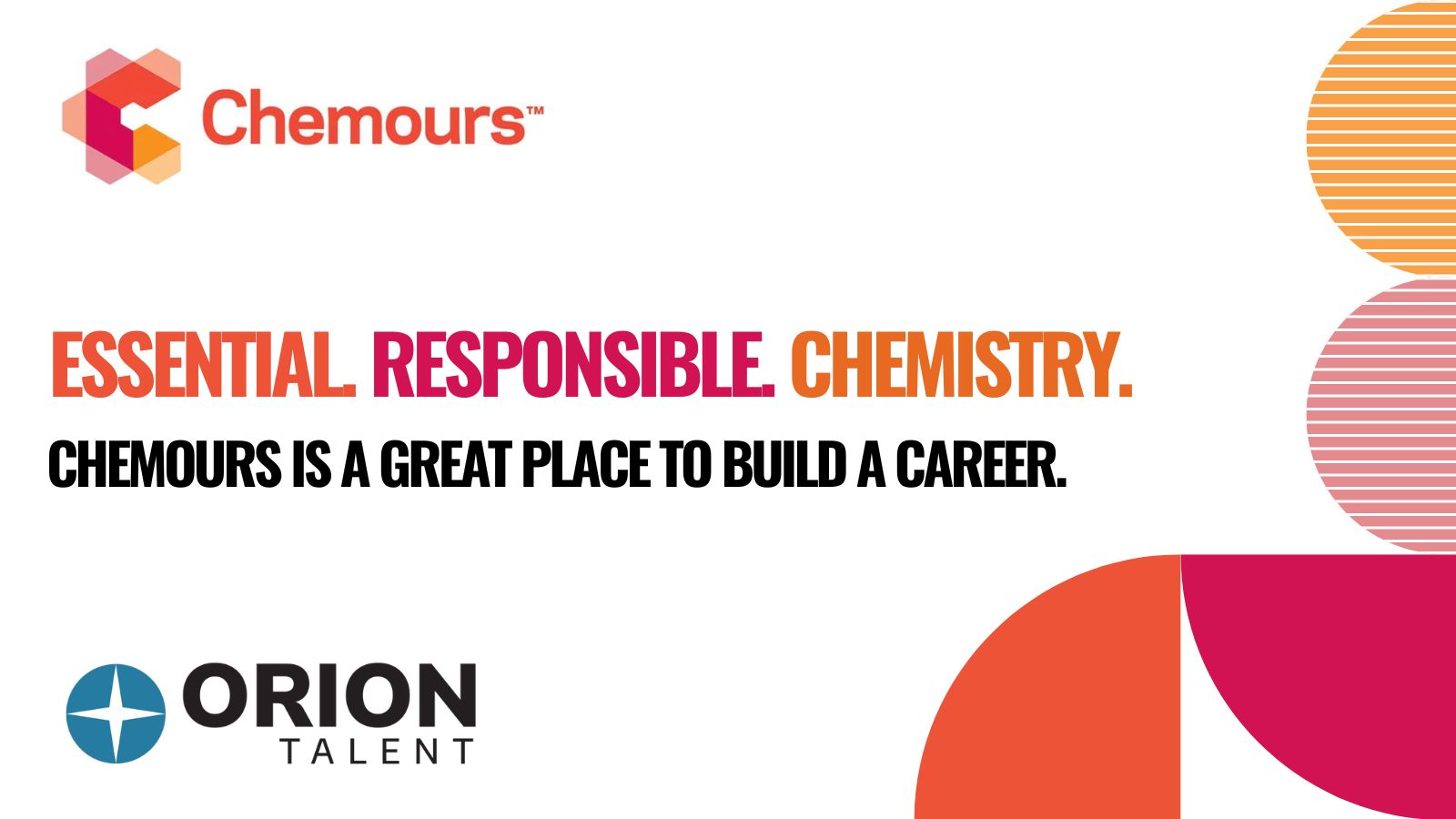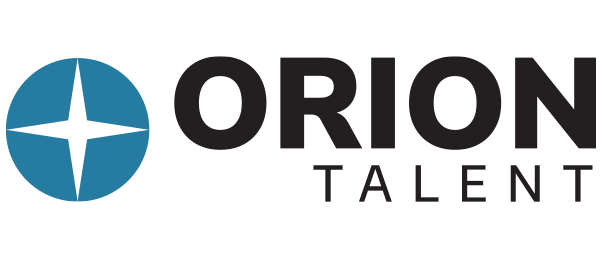Is quality of hire the only metric that matters? The quick answer is YES! If you want to take our word for it, we thank you for the vote of confidence, but you still need to know why it matters.
The “Churn and Burn” model of hiring (emphasizing speed and cost efficiency over the quality of hire, AKA: Hire Em’ and Fire Em’) is as inefficient as a car that runs on gold. Making a hire for cheaper might sound great today, but what about when you’re paying out severance after years of feet dragging and so-so output?
If a great hire can be made quickly – great! On the other hand, if you can only make a so-so hire quickly, then you should consider holding off. A longer candidate search isn’t what you want, but you really don’t want a mediocre employee who gets away with doing the bare minimum until they are forced to do otherwise either.
Quality of hire can only be accurately measured once the hire has done their job. That makes measuring the quality of hire metric a continuous process. Some companies measure the quality of hire by retention period, others with performance data or a warm-fuzzy feeling they get when the new guy or gal ends up exceeding expectations.
The best way to measure the quality of hire, however, is with a small data set that includes both Quality of Hire and Quality of Hiring metrics.
The quality of your hiring (candidate experience, speed of interviewing, quality of job offer, etc.) will directly relate to the quality of the candidates you’re able to hire, and should be measured along with this quality of hire data.
Quality of Hire: The Mother of All Metrics
Quality of hire is a metric that encompasses some of the most telling hiring metrics and, at the end of the day, making a high-quality hire makes a lot more sense than making any other kind of hire.
Cost of hire, recruiting cost ratio, and time to fill metrics are still important! All of these metrics are integral in measuring the quality of hire and the quality of your hiring in general. By collecting Quality of Hire data and corresponding Quality of Hiring data for each hire you make, you will be able to see exactly where your hiring practices need to improve in order to make high-quality hires.
Quality of Hire for Each Hire You Make
- Performance
- Retention Period
- Impact
Quality of Hiring
- Source of Hire
- Time to fill
- Cost of Hire
- Candidate Experience
However friendly that “good enough” hire ends up being, remember that they are now standing directly in the way of putting a great hire in their position.
Quality of hire can only be accurately measured when you take the employee’s entire tenure into account. Once you have this quality of hire data, you can compare it to your quality of hiring data to show you how your best hires are made and make it a repeatable process.
Performance
This data field is for raw performance data for the hire. The number of sales they closed, the number of leads they generated or the number of statues they carved: this field is for quantitative performance data for whatever the new hire is actually doing. This field should be updated quarterly and will show you exactly which hires are giving you your money’s worth.
These performance stats will be invaluable when paired with your quality of hiring data. Over time, you will be able to correlate high performance with other metrics in your quality of hiring data set and improve your hiring as a result. Once you understand which candidate sources are giving you your high performers, you can leverage this information and focus your attention on this proven winner.
Retention Period
An employee doing high-quality work is great, but what’s even better is an employee who does high-quality work for years at a time.
Unfortunately, measuring retention is only possible once the employee in question has already quit. That being the case, simply put the start date until you have to update their file with an end date.
Some employees will stay longer than others, but collecting this data and comparing it to your source of hire metrics will show you where your most committed employees are being sourced.
Impact
This field is for indicating any exceptional impact that an employee has made on their department or your organization.
Whether this was a positive or negative impact, you should give credit where credit is due and add this information to your quality of hire data set. Take a moment to summarize their triumph (or stumble) and the effect that it had. Each instance of impact should be described succinctly and should also be quantified, if possible.
For instance, if Wendy the receptionist was able to streamline Monday meetings to take half the usual time, then the “Impact” field in her data set would be something like this:
Wendy reduced Monday meeting time by 50%: Impact: 15% productivity increase month 1, 20% month 2.
For some employees, even some likable employees, this field will remain blank until the day they leave your company. Though you may be tempted to put something like “great attitude” in this field, this will only dilute the effectiveness of your metrics. By leaving the impact field blank for those who did not exceed the bare minimum (due to laziness, inexperience, etc.) it will be much easier to see the hires who ended up making a big impact at your company.
Now that you’ve cataloged these quality of hire metrics, you can compare these figures to your quality of hiring metrics in order to improve the quality of your next hire.
Quality of Hiring
Compiling your quality of hire data will tell you who your top performers are, but not how they were hired. Along with recording data on new hire performance, quality of hiring data also needs to be gathered.
Once you have a data set for both quality of hiring and quality of hire, you can see who your most effective hires have been and how they came to work for you in the first place. Armed with this information, you will be able to draw upon successful candidate sources in the future and avoid hiring practices that lead to sub-standard hires.
Source of Hire
This is an easy one: from where did you make the hire? Were they a referral candidate or did they come to you from a job board? Were they presented to you by a recruiter, or did they receive a promotion?
Once you have collected this data from many rounds of hiring, you will start to see that some candidate sources are bringing you more hires than others. You want quality hires, however not a large number of mediocre hires.
By comparing this metric with your quality of hire metrics, you can see which candidate sources are bringing you high-quality hires and which sources aren’t. It’s that simple.
This information will help you to use your hiring budget more effectively and focus your time and resources on candidate sources that are proven winners.
Cost of Hire
Cost of hire is important for budgeting, but this metric can also warn you of upcoming retention problems. It is important for this figure to be itemized, as the “Starting Salary” metric is one of the most important stats we’ll be talking about today:
Cost of Hire = Cost of Job Boards + Starting Salary/Employee Benefits + Cost of Recruiter
There are definitely other costs associated with hiring (like time spent) but you can calculate those using the recruiting cost ratio (RCR). The most crucial figure here is the starting salary/benefits of the hire.
The starting salary/benefits for any employee will have a large bearing on their quality as well as the duration of their tenure. Low/average salary offers may save you in the short term, but low-ball offers will always come back to bite you. Your open job is not the only one on earth, and if a high-quality candidate took your low-ball offer out of necessity, they will move on to a better opportunity as soon as one appears.
High-quality candidates know their market value, and trying to minimize the cost of hire will never help you to make high-quality hires.
If your best hires keep leaving for your competitors or keep passing you by in the interview/offer stage, you need to compare what you’re offering against the competition in your area. Making a high-quality hire is an investment. In order to get the results you want, you may have to put your money where your mouth is.
Time to Fill
Time to fill can be a telling metric when related to the quality of hire. Like your cost of hire metric, this figure needs to be itemized in order to be effective.
Time to Fill = Days from start of a campaign to first interview + Days from the first interview with the hire to job offer extension + Days from job offer extension to hire’s first day on the job
Itemizing your time to fill metric in this way will show you how long it takes to make a hire, but the key period on this timeline is the days from the first interview with your hire to when your job offer is extended. According to a recent study, the “best” candidates are hired off the market within their first 10 days of job seeking.
If you want to improve your quality of hire, then you need to minimize this key period between the candidate’s first interview and when you extend your offer. High-profile candidates are probably interviewing with other companies and you need to beat the competition to the punch.
If you can reduce your time to fill metrics in the interview stage, then you can improve your quality of hire. Talented candidates are being snatched up within their first weeks of job seeking, so hiring these people will require you to interview more efficiently than ever before.
Sacrificing quality for speed is not an option (because it makes you look bad), so you need to leverage technology, planning and communication best practices. Streamlining communications/approvals, video interviewing and online evaluations are all great ways to accelerate the interview process. You should use every tool at your disposal to get the job done.
Candidate Experience
This is a metric that is largely neglected in the business world, but it may not be for long. Square asks for your feedback on your food truck gyro, so is it really such a stretch to ask for some feedback from your applicants? Whether you know it or not, your company has a reputation online and each round of hiring that you conduct has the potential to impact your employer brand positively or not so positively.
By building candidate feedback collection into your hiring, you are diverting much of this negative feedback away from public channels and into your inbox. You will definitely get some unfair or unkind feedback, but you will get much more honesty and actionable data than anything else.
You should ask for feedback from all of your applicants, but you should pay special attention to what your highest quality candidates are saying. They will be participating in other interview processes, so if you ever want to hire an industry all-star, you need to start hiring like an industry all-star.
By collecting candidate experience feedback from applicants in every round of hiring and using this feedback to optimize your hiring, you will be able to make high-quality hires now, and in the future.
Conclusion
Quality of hire can only be improved by extending appropriate offers, reducing time to fill, and offering an engaging candidate experience.
Improving the quality of hire will result in increased retention, improved productivity, and an incremental raising of the bar in your organization. High-quality hires will inspire your current employees, (or at least inspire them to get off their butts!) so be sure to track your metrics and put your best foot forward with candidates in the interview.
High-quality candidates respond to high levels of courtesy and professionalism. If you can ensure that all of your applicants are getting A-1 treatment on a tight timeline, then you will improve your quality of hire and reap all the benefits that high-quality employees will bring you.
Archives
- May 2025
- April 2025
- March 2025
- February 2025
- October 2024
- May 2024
- March 2024
- February 2024
- January 2024
- December 2023
- November 2023
- October 2023
- September 2023
- August 2023
- July 2023
- June 2023
- May 2023
- April 2023
- March 2023
- February 2023
- January 2023
- December 2022
- November 2022
- October 2022
- September 2022
- August 2022
- July 2022
- June 2022
- May 2022
- April 2022
- March 2022
- February 2022
- January 2022
- December 2021
- November 2021
- October 2021
- September 2021
- August 2021
- July 2021
- June 2021
- May 2021
- April 2021
- March 2021
- February 2021
- January 2021
- December 2020
- November 2020
- October 2020
- September 2020
- August 2020
- July 2020
- June 2020
- May 2020
- April 2020
- March 2020
- February 2020
- January 2020
- December 2019
- November 2019
- October 2019
- September 2019
- August 2019
- July 2019
- June 2019
- May 2019
- April 2019
- March 2019
- February 2019
- January 2019
- December 2018
- November 2018
- October 2018
- September 2018
- August 2018
- July 2018
- June 2018
- May 2018
- April 2018
- March 2018
- February 2018
- January 2018
- December 2017
- November 2017
- October 2017
- September 2017
- August 2017
- July 2017
- June 2017
- May 2017
- March 2017
- February 2017
- January 2017
 RSS Feed
RSS Feed
Subscribe to Orion's Blog
Featured Blogs





.jpg)















